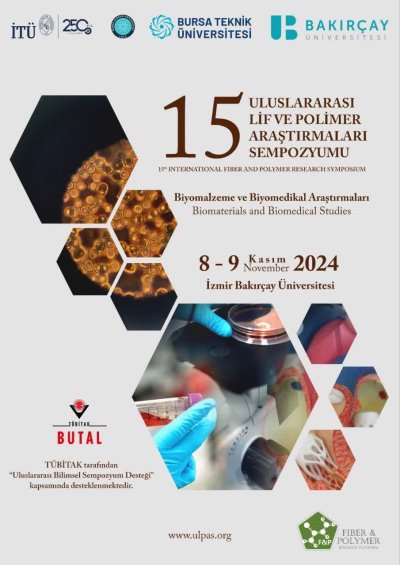0% Complete
Authors :
Keywords :
Abstract :
List of archived papers
Sude Akgül - Ayten Nur Yüksel Yılmaz - Ayşe Çelik Bedeloğlu
İREM ÖZYURT - ŞEYMA YALÇIN TURAN - GİZEM BAYAÇLI - SEMİHA EREN - HÜSEYİN AKSEL EREN
Turdimuhammad Abdullah - Levent Babayiğit - Aleyna Turanlı - Recep Furkan Turan - Cemil Dizman
Ana Cespedes Matos - Eman Elessawy - Islam Shyha
Şeyma YALÇIN TURAN - Ali KARA - Gizem BAYAÇLI - İrem ÖZTURT
Eralp DEMİRCAN - Yunus Furkan BAY



